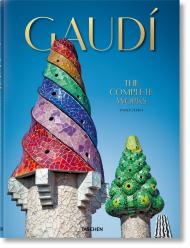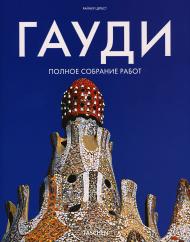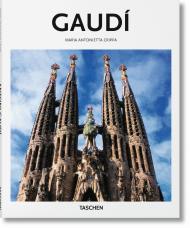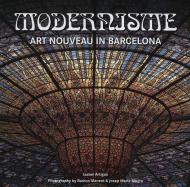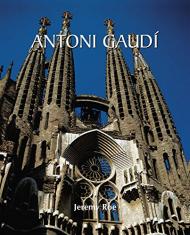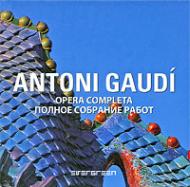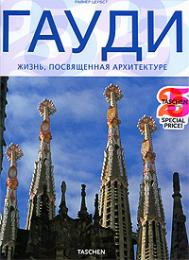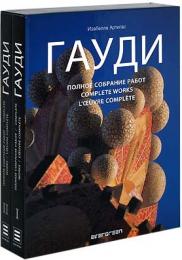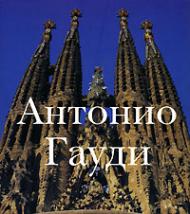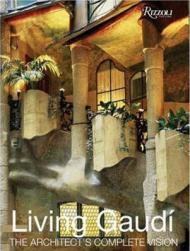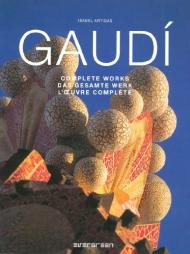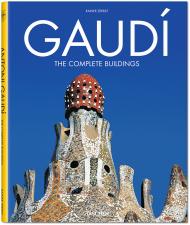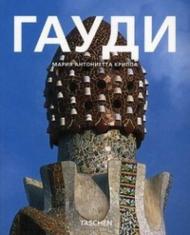The Complete Gaudí. Freedom of form with the “Dante of architecture”
Antoni Gaudí merged Orientalism, natural forms, and new materials into a unique Modernista aesthetic that put Barcelona on the global architecture map. With brand-new photography, plans and drawings by Gaudí himself, as well as an extensive appendix of all his works including furniture and unfinished projects, this XL book takes us through the Catalonian’s fantastical universe like never before.
The life of Antoni Gaudí (1852–1926) was full of complexity and contradictions. As a young man, he joined the Catalonian nationalist movement and was critical of the church; toward the end of his life, he devoted himself completely to the construction of one single spectacular church, La Sagrada Familia. In his youth, he courted a glamorous social life and the demeanor of a dandy. By the time of his death in a tram accident on the streets of Barcelona his clothes were so shabby passersby assumed he was a beggar.
Gaudí’s incomparable architecture channels much of this multifaceted intricacy. From the shimmering textures and skeletal forms of Casa Batlló to the Hispano-Arabic matrix of Casa Vicens, his work merged the influences of Orientalism, natural forms, new materials, and religious faith into a unique Modernista aesthetic. Today, his unique aesthetic enjoys global popularity and acclaim. His magnum opus, the Sagrada Familia, is the most-visited monument in Spain, and seven of his works are UNESCO World Heritage Sites.
Through brand-new photography, plans and drawings by Gaudí himself, historical photos, as well as an appendix detailing all his works — from buildings to furniture, decor to unfinished projects —t his book presents Gaudí’s universe like never before. Like a personal tour through Barcelona, we discover how the “Dante of architecture” was a builder in the truest sense of the word, crafting extraordinary constructions out of minute and mesmerizing details, and transforming fantastical visions into realities on the city streets.
The author:
Rainer Zerbst studied modern languages at the University of Tübingen and in Wales from 1969 to 1975. From 1976 to 1982 he worked as a research assistant in the Department of English at the University of Tübingen. Since completing his doctorate in 1982, Zerbst has been active as a critic in the fields of art, literature, and theater.
